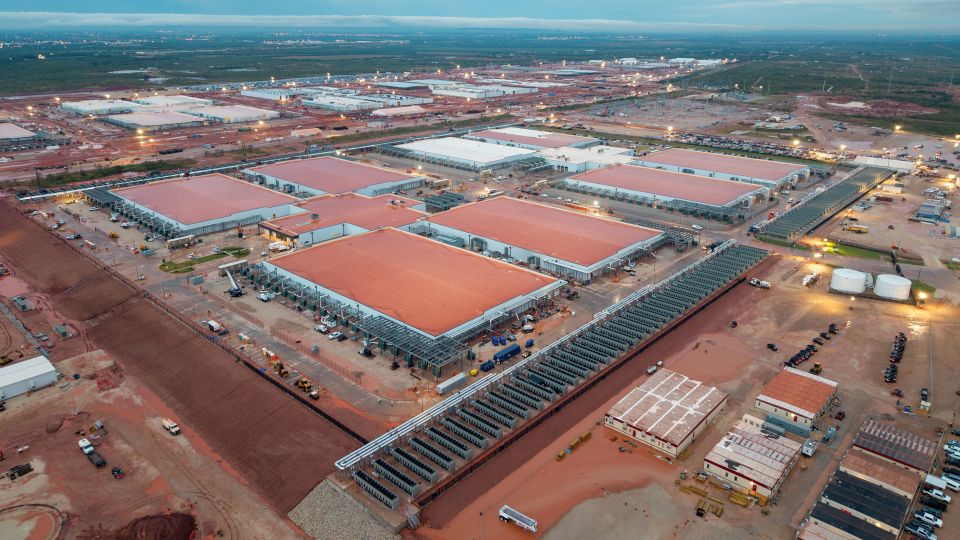Before November 2022, OpenAI was a relatively obscure artificial intelligence research lab operating outside the mainstream spotlight of Silicon Valley. Now, just a few short years later, OpenAI has become synonymous with the explosive growth of AI, making it the object of envy among its tech industry peers. CEO Sam Altman has even found himself in the orbit of prominent figures.
ChatGPT, the AI-powered chatbot developed by OpenAI, is capable of writing applications, planning travel itineraries, and browsing the internet on behalf of its users. The company is actively expanding its reach into various sectors, including shopping, entertainment, education, and government services. At a recent developer conference, OpenAI outlined its ambitions to evolve beyond a basic application and transform into a comprehensive platform.
As OpenAI's software permeates more and more aspects of online life, the company is investing billions of dollars to establish itself as a leading force in the physical infrastructure that underpins the future of AI.
Investing in Infrastructure
In a significant move, OpenAI recently announced a major investment in 6 gigawatts of data centre capacity, powered by AMD chips. This deal follows similar agreements previously reached with Nvidia and Oracle, highlighting OpenAI's commitment to securing the necessary resources to fuel its expanding operations.
OpenAI's growth strategy is somewhat cyclical. It needs new applications to generate revenue to fund its massive computing power needs. Conversely, it requires even greater computing resources to power these new tools and applications.
Competition and Challenges
OpenAI's rapid expansion occurs against a backdrop of intense competition. Tech companies are locked in a fierce battle to develop the most powerful AI models. Some investors are concerned that the market may be experiencing a bubble. Furthermore, OpenAI faces competition from established tech giants like Meta, which already possess extensive tech ecosystems that can be leveraged to expand and monetize their AI technologies.
As a company that is not yet profitable, OpenAI faces the challenge of securing substantial financial resources to support its future endeavors.
ChatGPT: More Than Just a Chatbot
Companies like Google, Amazon, and Meta have laid the foundation for the modern web by popularizing search engines, e-commerce platforms, and social media networks. OpenAI aims to play a similar role in the AI era by continuously enhancing the capabilities of ChatGPT, which currently boasts 800 million weekly active users, according to Altman.
OpenAI envisions a future where users can accomplish tasks online without ever leaving ChatGPT. This could potentially position the app as a central hub for how people interact with technology, similar to the role played by Apple's iOS or Google's Android operating systems. OpenAI has announced that ChatGPT will soon be able to create user playlists directly on Spotify and browse apartment listings on Zillow directly from within chats.
-
Instant Checkout: In late September, OpenAI introduced a feature called Instant Checkout, enabling users to purchase specific items directly through ChatGPT.
-
Study Mode: ChatGPT now offers a study mode that tailors prompts and responses for students using the tool for educational purposes.
-
Sora 2: The company's new Sora 2 app aims to compete with Meta and TikTok by offering a scrollable feed of AI-generated short-form videos.

OpenAI's ambitions may even extend to challenging the dominance of smartphones in consumers' daily lives. The company is reportedly collaborating with Jony Ive, the former chief design officer at Apple, on a new AI hardware product, although specific details remain scarce. (Other companies like Google and Meta are also exploring the hardware market by developing smart glasses with integrated AI assistants.)
OpenAI's trajectory bears similarities to the rise of Google's parent company, Alphabet, which built its business around indexing the web and now has a presence in various sectors, ranging from consumer tech devices to health research.
Thomas Thiele, an AI expert at the management consulting firm Arthur D. Little, notes the parallels between the two companies.
He stated that Google "has become this very broad corporation that has an inevitable footprint in everything we see on the internet," and added that "OpenAI is also aiming for a much bigger footprint."
Massive Investment in Data Centres
Scaling up AI initiatives requires substantial investments in the vast data centres and infrastructure necessary to power them. OpenAI is committing billions of dollars to establish a significant physical presence, with plans to develop AI data centres across the United States and around the world.
Greg Brockman, the president of OpenAI, stated that "We need as much computing power as we can possibly get."
-
Stargate Project: In January, OpenAI announced a partnership with Oracle and SoftBank to invest up to $500 billion in a company called Stargate to build more AI infrastructure in the United States. The first project, a one-million-square-foot data centre, is already under construction in Abilene, Texas, with additional sites planned in Texas, New Mexico, and the Midwest.
-
Oracle Partnership: In July, OpenAI agreed to pay Oracle another $300 billion over five years to develop additional data centre capacity for Stargate.
-
Nvidia Investment: Last month, OpenAI announced that it would purchase enough Nvidia AI chips to power 10 gigawatts of data centre capacity in exchange for a $100 billion investment from the chipmaker.
While analysts anticipate that Nvidia, the undisputed leader in AI chips, will remain OpenAI's primary infrastructure partner, the ChatGPT maker is diversifying its partnerships by also working with AMD.
OpenAI has also entered into partnerships to build AI infrastructure in other countries, including the United Kingdom and the United Arab Emirates.

Daniel Keum, an associate professor at Columbia Business School, believes that OpenAI's aggressive expansion is crucial to keep pace with rivals like Meta, Microsoft, and Google, which have spent decades building their digital ecosystems. He points out that Google, for instance, benefits from the ability to integrate its AI into widely used services like Gmail and Google Docs.
Keum argues that "ChatGPT is great right now, but it's not ChatGPT versus Copilot. It's ChatGPT versus the Microsoft bundle." He suggests that by collaborating with chipmakers to maintain the most advanced large language models, OpenAI can gain a competitive advantage.
However, to realize its ambitious infrastructure plans, OpenAI needs to continue generating significant revenue.
While the company is reportedly valued at $500 billion, it remains unprofitable. Recent reports indicate an operating loss of $7.8 billion in the first half of 2025, and the company is still increasing its data centre spending.
It remains uncertain whether OpenAI's strategy of transforming ChatGPT into an all-encompassing platform will lead to profitability. William Lee, a corporate investor at SuRo Capital, views it as a "chicken-or-the-egg" problem. He suggests that while demand may be difficult to predict, the more OpenAI customizes ChatGPT for specific tasks like shopping and schoolwork, the more likely people are to use it for those activities.
This strategy has proven successful for today's tech giants. They invested heavily to make their technology essential to millions of users' lives and then found ways to monetize their user base.
OpenAI is clearly confident that this approach will be successful once again.
Brockman stated that "AI revenue is growing faster than, I think, almost any product in history," and added that "At the end of the day, the reason this compute power is so important, is so worthwhile for everyone to build, is because the revenue ultimately will be there."

No comments:
Post a Comment